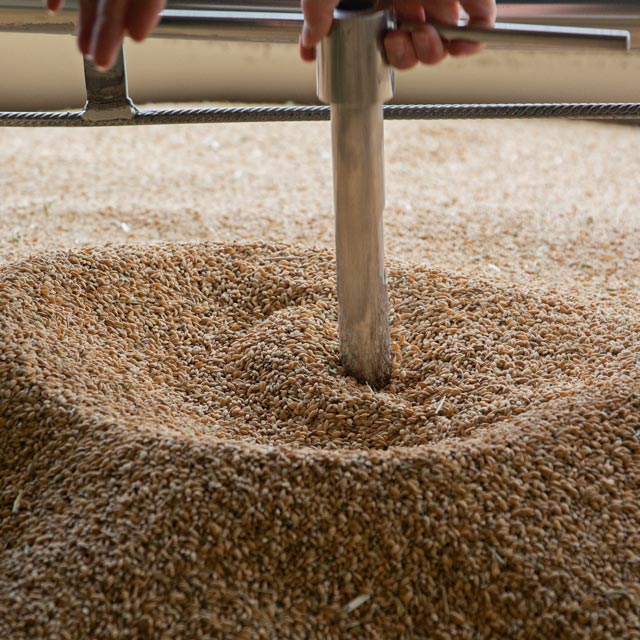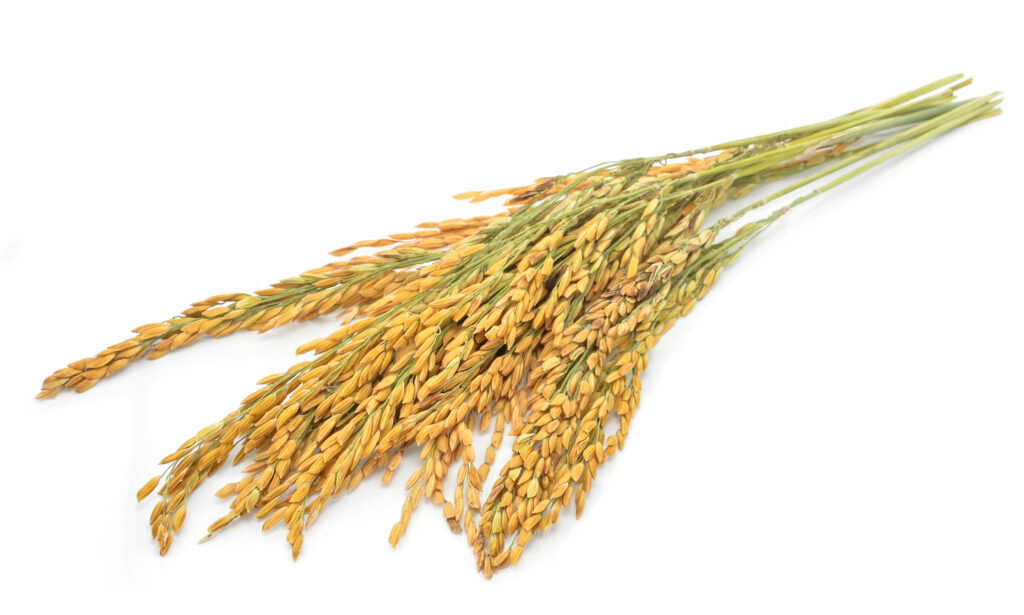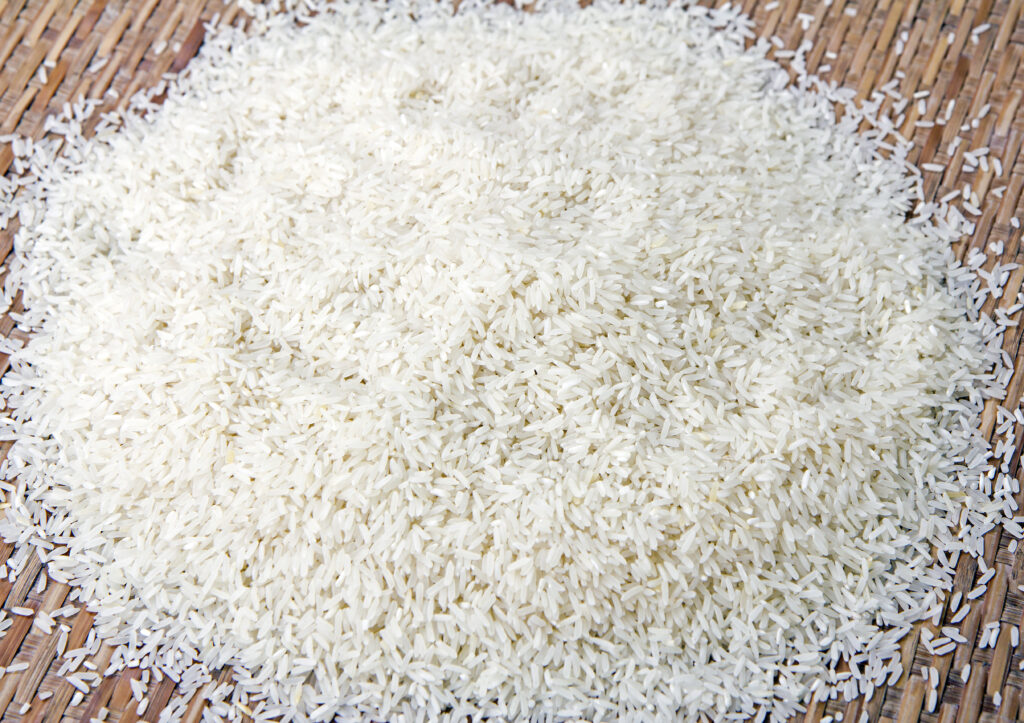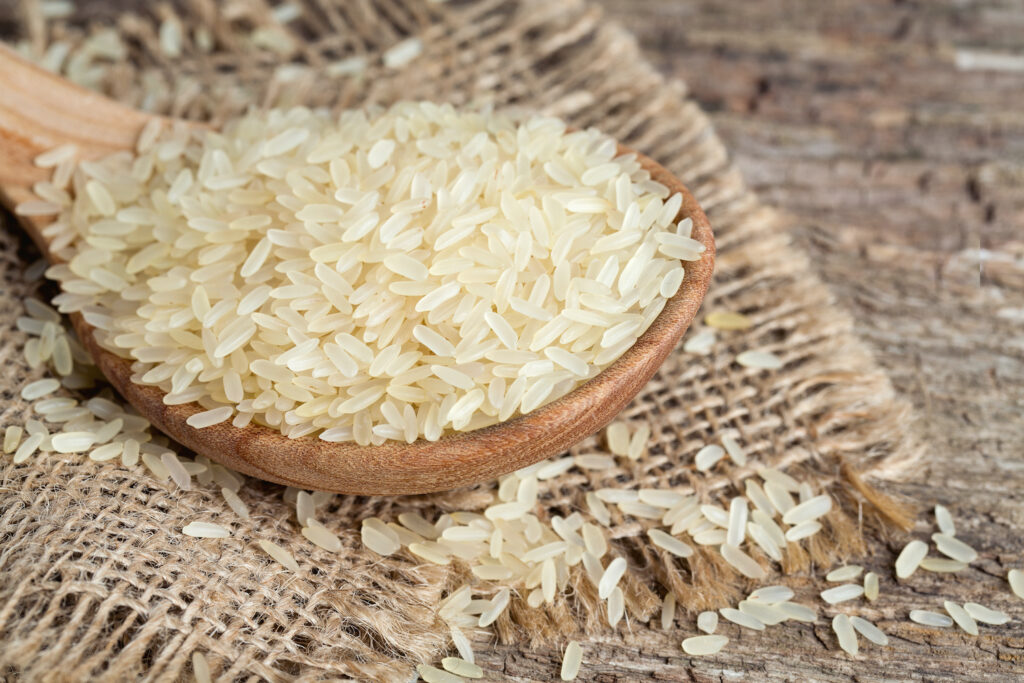
Transportation
Committed to
Sustainable Shipping
As responsible freight operators, we fully support the International Maritime Organization’s environmental protection regulations, particularly with regards to ballast water treatment as well emissions reductions, such as SOx and other greenhouse gases.
We continue to seek sustainable and innovative design solutions to the necessary gradual decarbonization of maritime freight, working in partnership with international industry bodies, shipyards and ship owners, as members of the Sustainable Shipping Initiative (SSI). Our goal is to participate actively in the reduction of the maritime carbon footprint.
In 2019 we continued to study the feasibility of carbon-reducing technologies and efficiency designs, such as wind propulsion or LNG dual fuel. We also took part in an SSI working group studying avenues for the use of biofuels in shipping. We have steadily reduced our CO2 emissions over the last two years, through optimized routing and investment in more efficient tonnage.
Safe, reliable
and responsible
Shipment of agricultural goods is key to our business.We invest in our own river, ocean, rail and road transportation, which we use both for our own business and for third-party customers.
Paddy
Between 3 to 5 months after planting, paddy is harvested from the paddy field and dried before being sent to mills, where it is checked for quality and weight before processing.
According to the United States Department of Agriculture (USDA), China is the largest producer of paddy, with 162 million hectares harvested in 2019.


Brown
From dried paddy, brown rice is milled to become semi-processed rice. The inedible outer hull is removed and can be used as a source of energy.
Brown rice is considered a healthy food source because the bran and germ it retains are packed with vitamins, minerals and antioxidants.
For instance, one cup of brown rice contains 3.5 grams of fiber and 88% of the recommended daily intake of manganese, a vital mineral for important body processes such as bone development, wound healing and blood sugar regulation.
Milled
Semi-processed brown rice can be milled further, removing its husk, bran and germ layers to varying degrees. This changes the appearance and flavor of the crop and, importantly, extends its storage life. This is because the oil that the milling process removes is susceptible to oxidation and degradation.
After milling, the rice is polished, resulting in a shiny white finish to the seed. Milled rice is a an appetizing source of carbohydrates and protein, and can be enhanced with added minerals and vitamins to increase its nutritional value.


Parboiled
Soaking, pressure steaming and drying rice prior to milling produces parboiled rice. As a consequence of this process, nutrients are driven from the bran to the kernel, so that milling removes less of the rice’s nutritional value than it would do otherwise.
Parboiled rice is firm and less prone to overcooking than other forms of rice. This makes it a key ingredient in commercial products such as canned or frozen foods. Fortification of parboiled rice with added vitamins and minerals is common, particularly in the US.
Get In
Touch We Us
In order to help us provide the best possible response to your inquiry, please choose from one of the options below